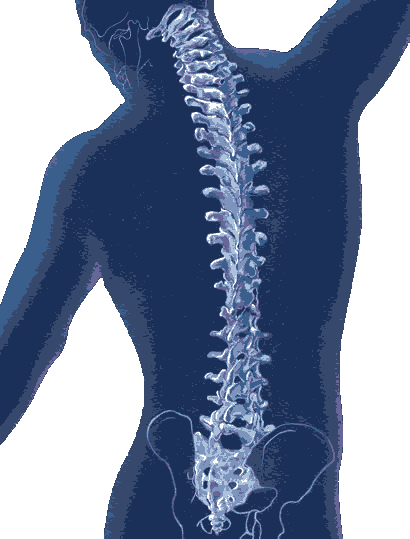
In a groundbreaking new study conducted by researchers working with the German Center for Neurodegenerative Diseases, the cancer drug known as epothilone has shown remarkable effectiveness in limiting the debilitating growth of scar tissue in spinal injury patients while promoting the development of cellular microtubules – which help repair the damaged neural axon tips which cause neurological impairment.
The study, which was conducted on a group of animal test subjects, has breathed new life into the quest to isolate treatment options for patients facing long-term paralysis and limitation. What’s more, the dosage required to accomplish the reversal of spinal injury effects is low enough that the typical side effects of cancer treatments (e.g., immuno-suppression and nausea) have not been noted.
In sum, these recent discoveries have the potential to be a welcome treatment option for those patients suffering from the significant restrictions imposed by a major spinal cord injury. The Maine spinal cord injury attorneys at Hardy, Wolf & Downing encourage accident victims who have suffered trauma – whether it be from a car accident, construction fall, skiing accident, slip & fall or other incident – to contact us right away for a free, no-obligation legal consultation. If you have been hurt due to the negligent misconduct of another party, you may be eligible for compensation for medical bills, therapy costs, lost wages and other losses.
Epothilone shows promise for spinal cord injury patients
Nerve cells are designed to receive and transmit electric impulses, resulting in the completion of messages to and from the brain to effectuate movement and bodily function. Upon the occurrence of a spinal cord injury, the transmitters become damaged and are often encapsulated in scar tissue preventing the exchange of electric signals between the brain and the body. While some areas are able to slowly regenerate cells (e.g., arms and legs), the spinal column is generally unable to regenerate its own cells.
With the introduction of epothilone, however, researchers have found that not only is the development of scar tissue significantly reduced, but the regeneration of the neural axons necessary to bring about increased motor movement is increased. At the conclusion of the study, the animals that received epothilone treatment were walking with much greater stability than those that did not receive the treatment, showing much-improved balance and coordination.
Hope for spinal cord injury victims
The results of the epothilone study are more than encouraging, and patients enduring the effects of paralysis may one day be able to experience increased mobility. However, for many spinal cord injury patients, the opportunity for epothilone treatments may be far off, or not applicable to their situation. As far as personal injuries are concerned, spinal cord and neurological damage can be the most costly to treat; and patients often require lifelong nursing care and assistance to accomplish daily tasks.
According to the National Institute of Health, the average first-year costs for a spinal cord injury range from $218,504 to $741,425, depending on the severity of the damage. From there, annual medical costs range from $27,568 to over $137,000, including hospitalizations, rehabilitation, nursing care, and caretaking services.
Contact Hardy, Wolf & Downing today for more information
If you or a loved one recently experienced a major spinal cord injury, we encourage you to speak with an attorney about your financial burdens. Oftentimes, a personal injury lawsuit can help compensate for some or all of your expenses and costs, thereby allowing you to focus on your recovery.
To get started on your personal injury claim, please contact Hardy, Wolf & Downing in their Portland or Lewistown, Maine office: 1-800-INJURED.

